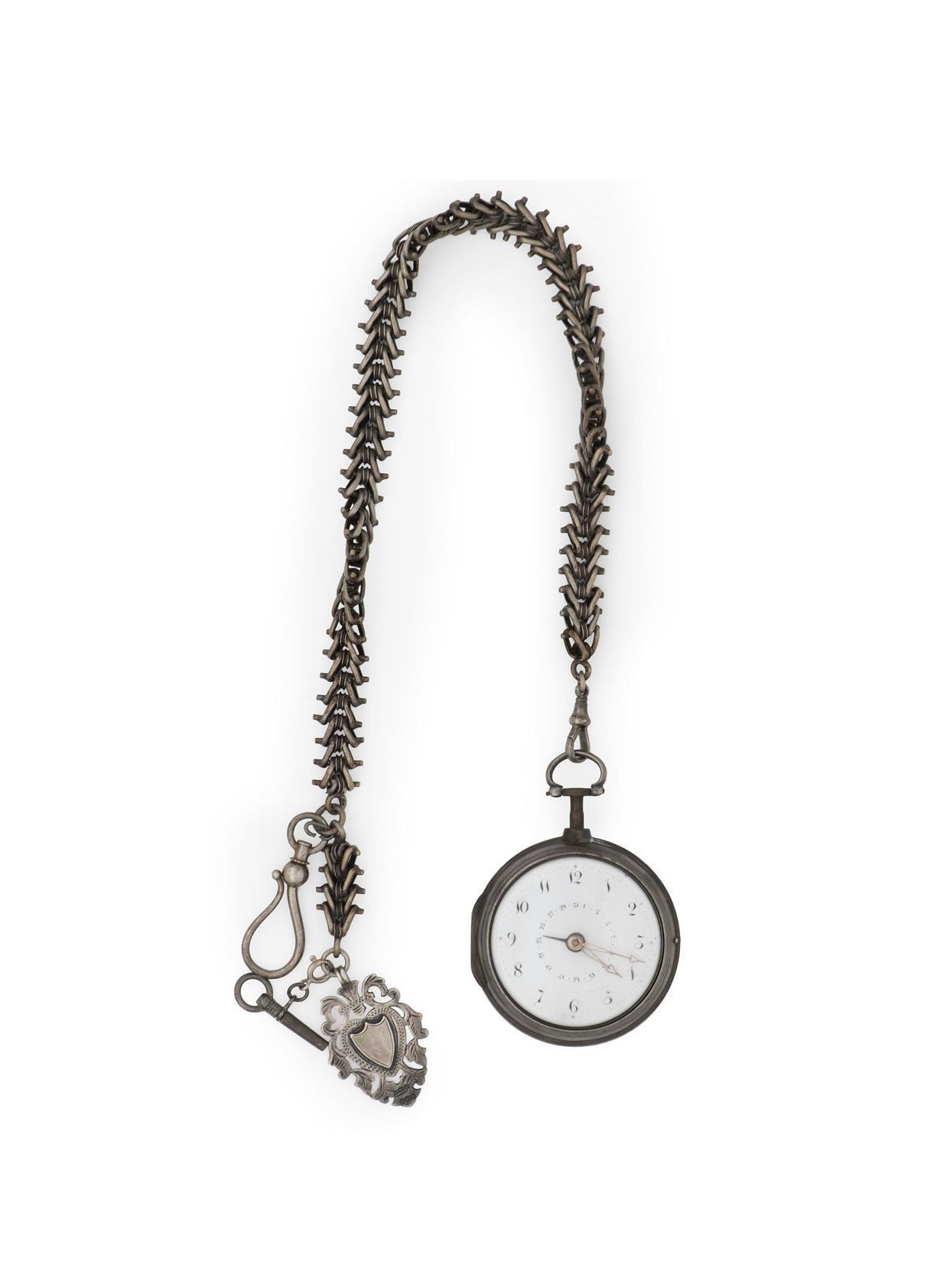Commodore Edwin Moore’s Watch

Name/Title
Commodore Edwin Moore’s WatchDescription
Open face with gold hands. Center arm for 24 hour. Coin silver case, pocket chain with key and silver fob. In a extra case for water protection when worn at sea.Context
Edwin Ward Moore was the guiding light of the Texas Navy during his glory years. The son of an aristocratic Virginia family, Moore joined the U.S. Navy in 1825 as a midshipman at the age of 15. He was assigned to squadrons serving in the Mediterranean and Atlantic coastlines until he was transferred to the U.S. West Indies Squadron aboard the warship Hornet. This squadron, based in Pensacola, covered the Gulf of Mexico and the Caribbean Sea, and it was during his voyages with this squadron that Moore first became exposed to warfare in the Gulf, malaria, and Texans. In 1835 he was promoted to lieutenant, and he quickly proved to be one of the U.S. Navy’s brightest stars. Despite his mastery of naval skills, his quick intelligence, and his hard work, Moore was unlikely to get beyond lieutenant for another decade in the peacetime U.S. fleet. Many captains from the War of 1812 were still around, and Moore’s midshipman class would not expect to find many commanders in its ranks until the Civil War. When Moore’s ship anchored at Galveston in early 1838, it is likely that Moore began thinking of possibilities in the naval service of Texas. With the naval appropriations act of 1837, Texas began rebuilding its navy. Sometime in April 1839, President Lamar offered Moore the job as commander of the Texas Navy, and Moore evidently accepted, recruiting officers from the ranks of the U.S. Navy while at the Brooklyn Navy Yard in New York. The U.S. Secretary of the Navy, John Forsyth, moved to court-martial Moore for violating the Neutrality Act of 1819, but Moore managed to resign in July 1839 before a trial could be convened. Moore spent the last half of 1839 recruiting men and procuring supplies for his new fleet, which included the steamer of war Zavala, the six-gun schooners San Bernard, San Antonio and San Jacinto, the sixteen-gun brigs Archer and Wharton, and biggest of all, the 500-ton sloop-of-war Austin. On the last day of 1839, Moore was arrested in New York for violating U.S. neutrality laws by recruiting more men for the Texas Navy, and upon his release on bail, he sailed back to Texas to begin operations. By June 1840, the largest fleet Texas ever fielded was ready to sail. The Zavala, the Austin and the three schooners left Galveston for the Mexican coast, intent on persuading Mexico to accept Texas independence. During this cruise, Moore’s fleet allied itself with federalist rebels in Mexico, particularly those fighting for the government of Yucatán, which was in revolt against the central Mexican government. In October 1840, Moore’s squadron forced a garrison of centralists out of the Tobasco town of San Juan Bautista, earning the fleet $25,000 in silver as promised by the federalist rebels. Unable to find any warships to fight, and with his provisions running low, Moore returned to Galveston on February 1, 1841.Category
Texas Silver
Early Texas Furniture and Decorative Arts
